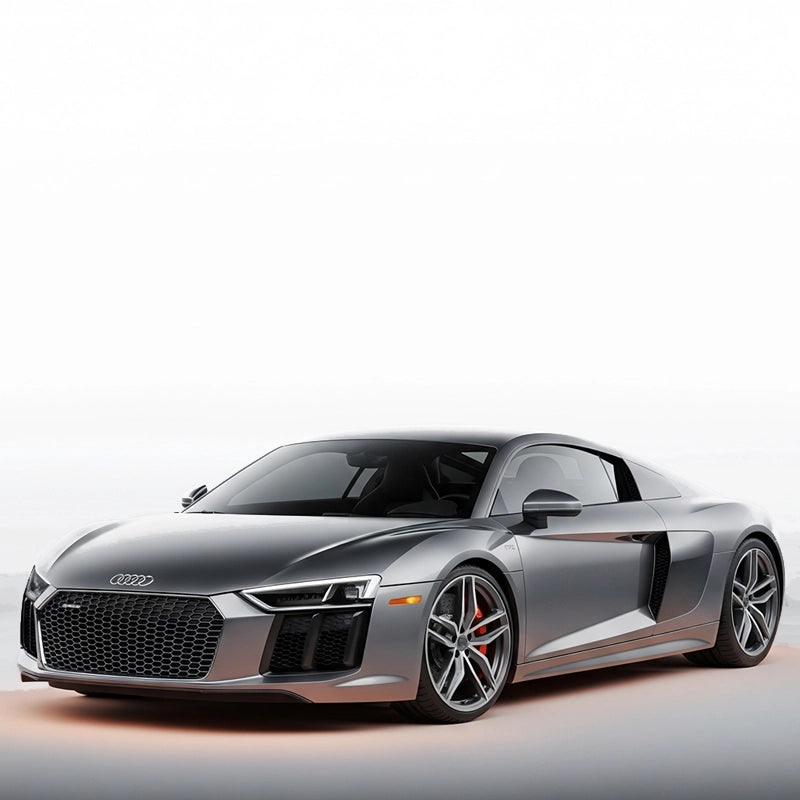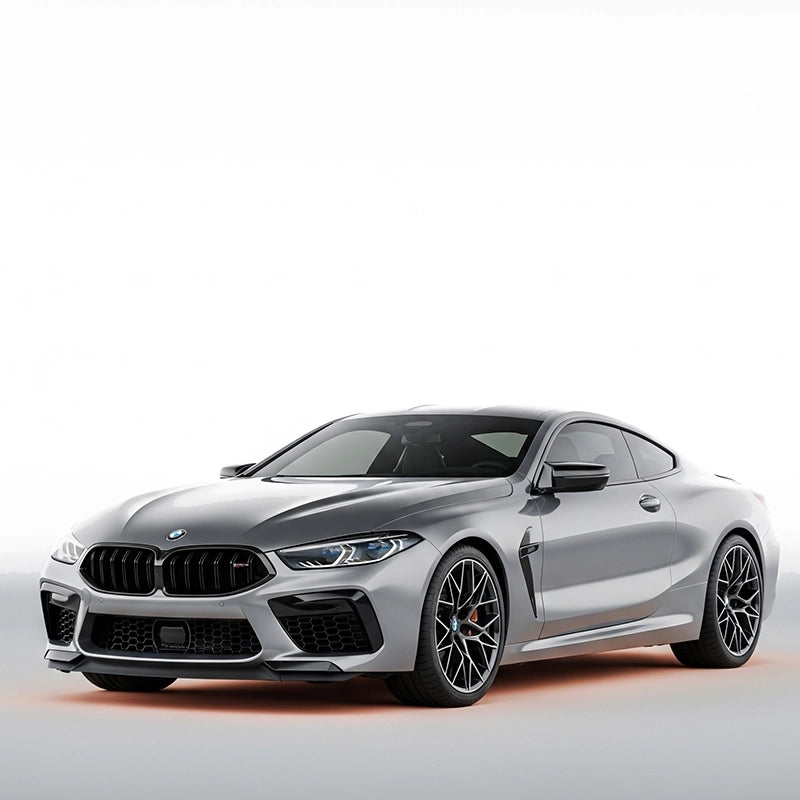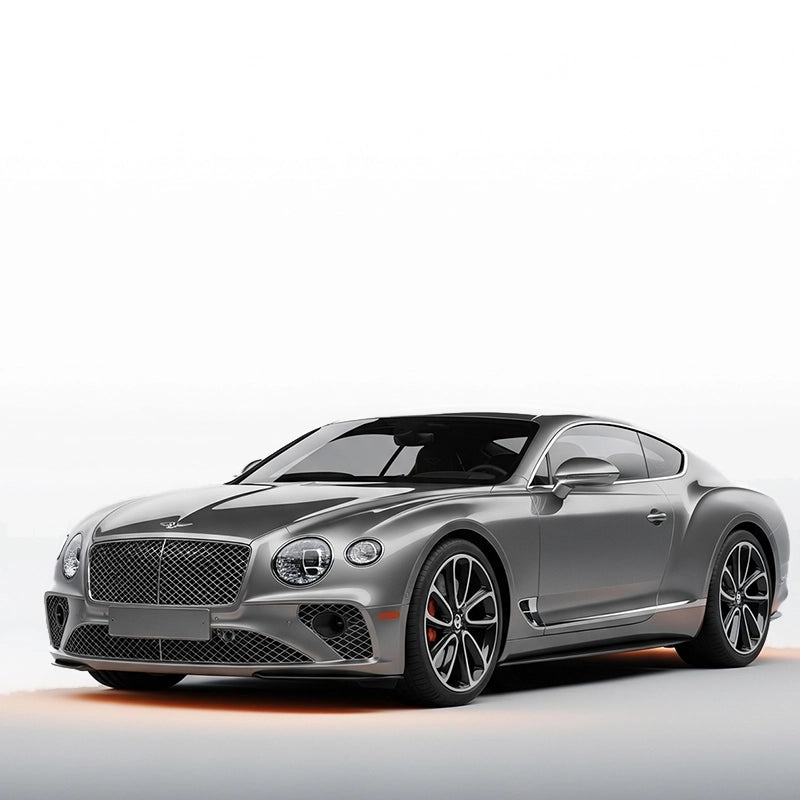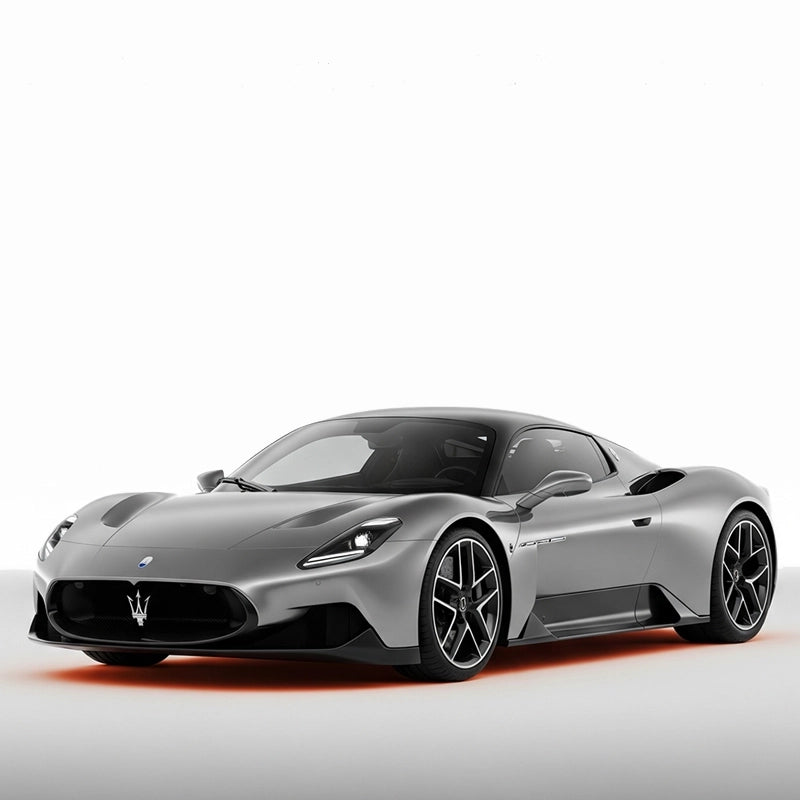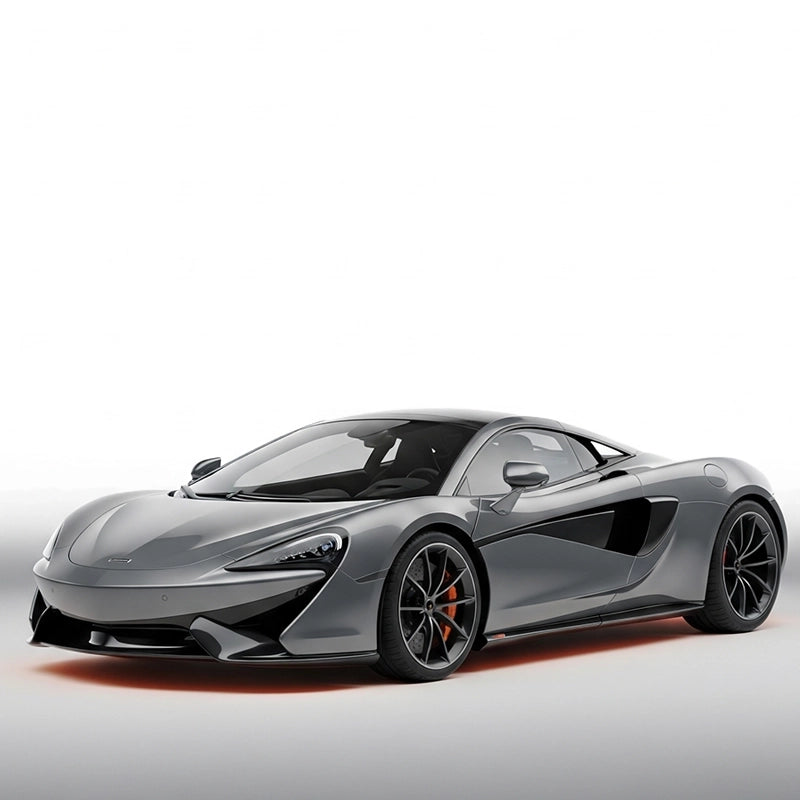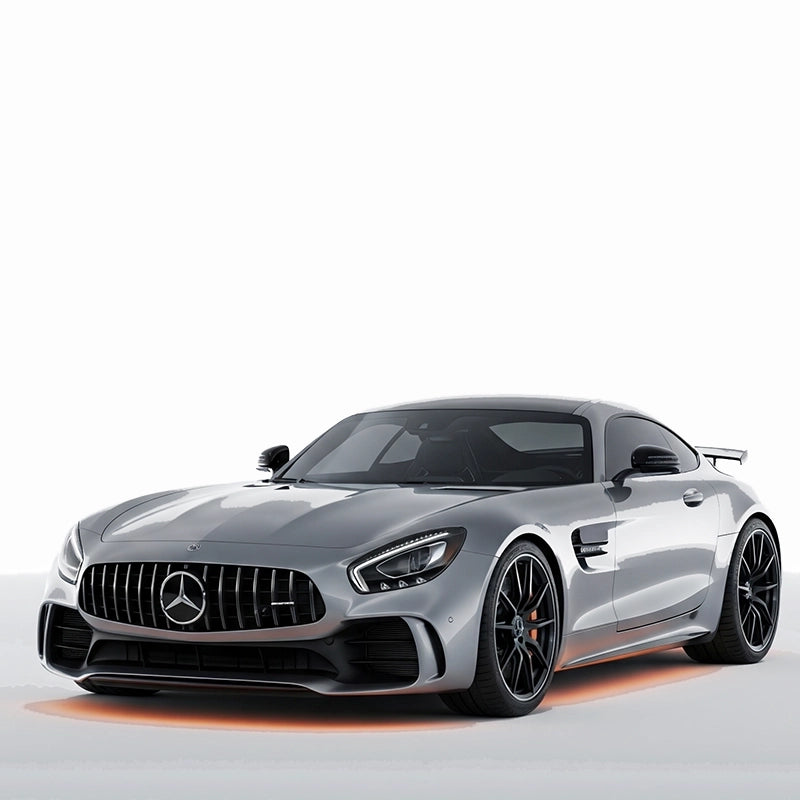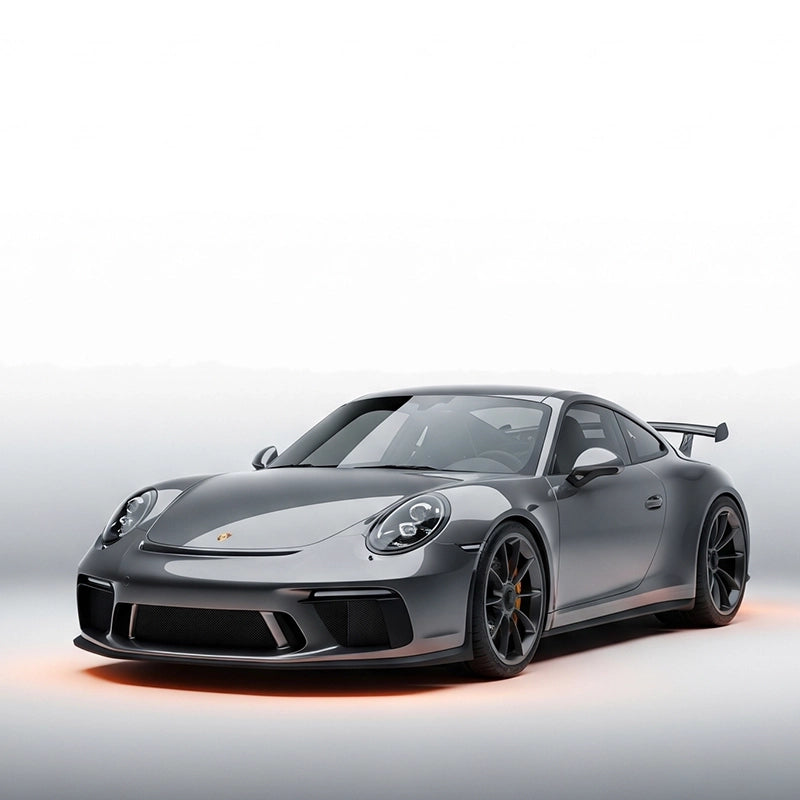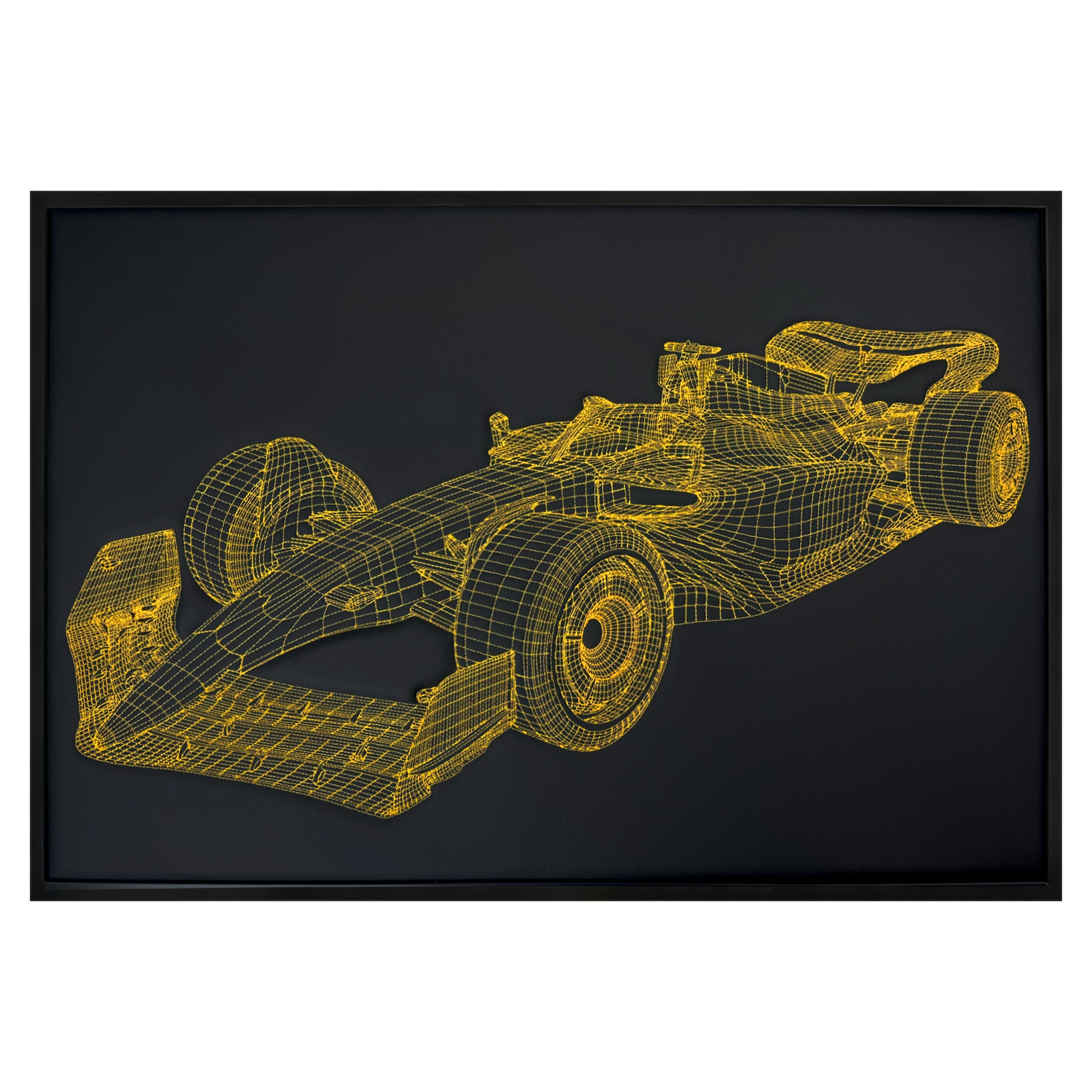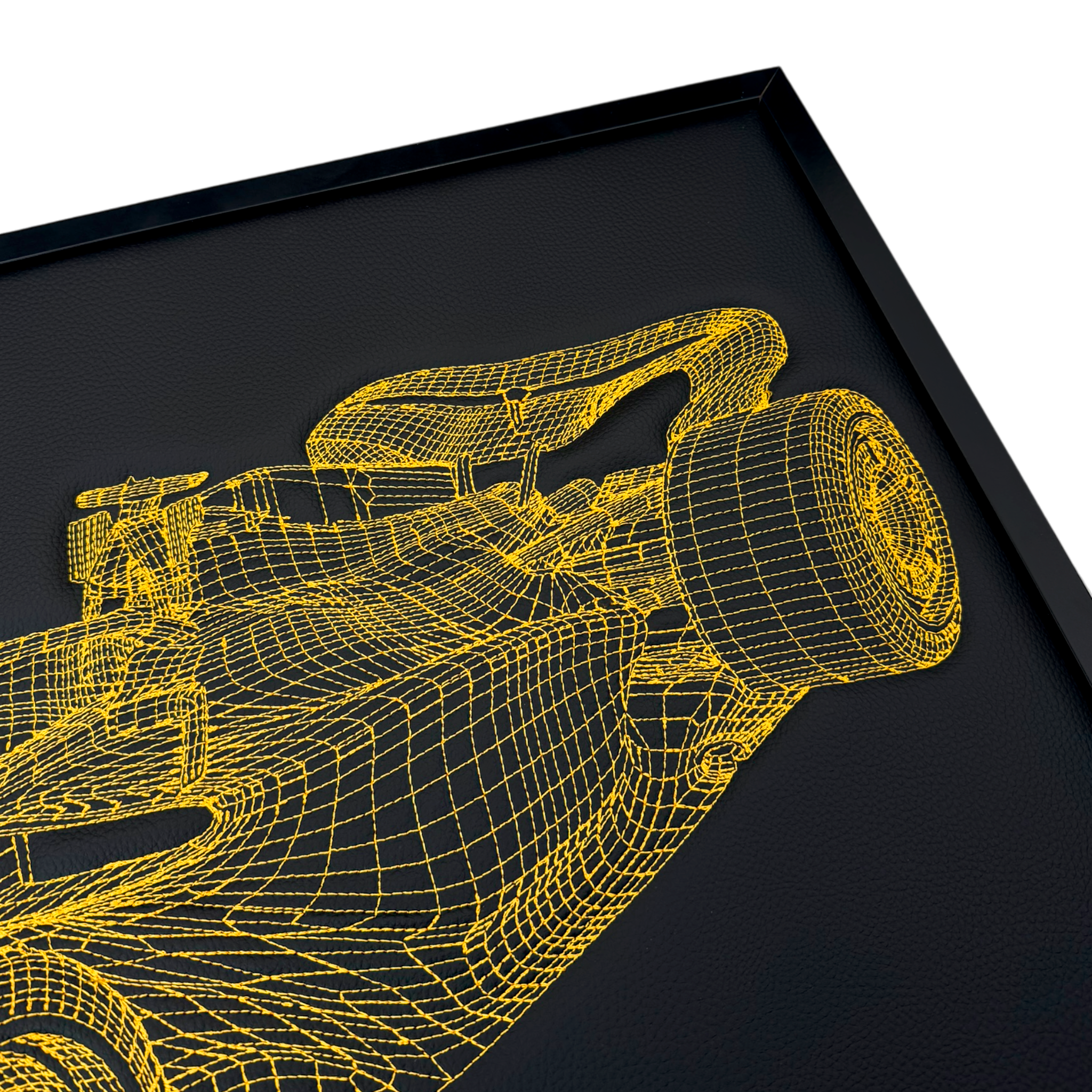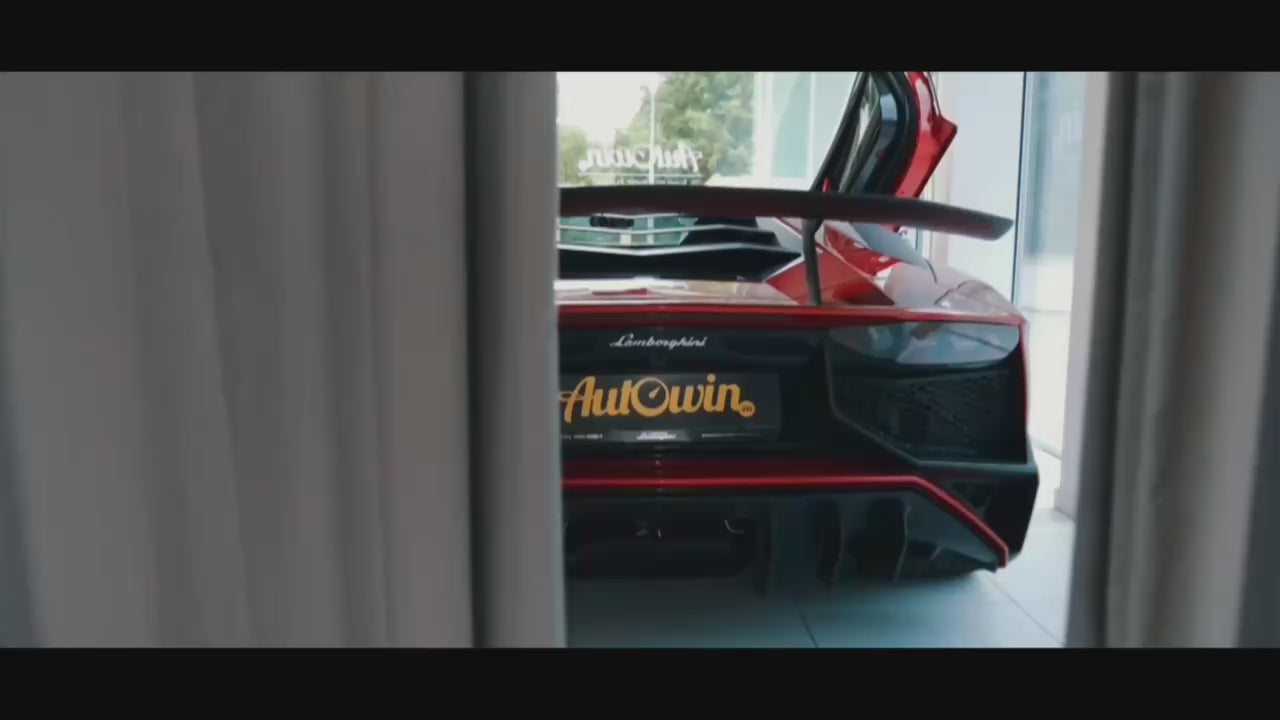Ferrari California: This Car Will Make You Look Rich
I’ve always said the Ferrari California is the automotive equivalent of a crisp white shirt and good sunglasses. Wear it anywhere, and people assume you’ve got your life sorted. The surprise, when you actually drive one for a week, is that beneath the celebrity persona sits a proper grand tourer: front-mid V8, rear-drive, a roof that tucks away with theater, and manners that won’t punish you for daily use. It’s the Ferrari you can grab for coffee runs without feeling daft.
What the Ferrari California Really Is (And Isn’t)
The Ferrari California (2008–2014) arrived as Maranello’s first front-mounted V8 road car and its first with a 7-speed dual-clutch transmission. It’s a 2+2 luxury convertible with a folding hardtop and a usable trunk—well, usable with the roof up. The numbers still read right today:
- Engine: 4.3-liter naturally aspirated V8
- Power: 453 hp (later 483 hp in the California 30)
- Torque: 357–372 lb-ft
- 0–60 mph: about 3.8–4.0 seconds
- Top speed: around 193–194 mph
- Transmission: 7-speed dual-clutch, rear-wheel drive
On the road, it’s not a 458 Speciale—and it doesn’t try to be. It’s the Ferrari that takes you to dinner in Malibu on Friday, then 300 miles up the coast on Saturday without the chiropractor on speed dial.
Ferrari California Performance: Numbers Are Good, Feel Is Better
First drive, I noticed the throttle calibration immediately—clean, crisp, with that rising V8 wail that hits a sweeter note above 5,000 rpm. The dual-clutch box snaps shifts in Sport mode with a proper “click” through the paddle and a bit of drama on upshifts. In Comfort, it slurs enough to make city traffic tolerable. I tried it on rough roads, too; the magnetorheological dampers (if fitted) take the sting out of broken asphalt, though sharp-edged potholes still thump through those big wheels.
Steering is light at parking speeds and appropriately weighty once you’re moving, if a touch filtered compared with Ferrari’s mid-engine stuff. Brakes are strong and predictable—carbon ceramics were optional; great on a mountain blast, overkill for coffee runs, occasionally squealy when cold.
Living With the Ferrari California: Interior, Space, Quirks
Slide inside and the seating position is slightly higher than you might expect for a Ferrari—helpful for long-haul visibility, a tad less “race car” in feel. The back seats are emergency-use only for adults, perfect for small kids or a soft weekend bag. Roof up, the trunk will surprise you; roof down, pack light. Infotainment? Let’s just say it’s of its era. The interface is dated, Bluetooth can be finicky, and the nav feels like it’s still loading even when it isn’t. But the leather work and stitching are gorgeous; it smells like an old-school luxury goods boutique every time you open the door.

Keep the Cabin Fresh (and Resale-Friendly)
I always tell owners: protect the touchpoints early. Floor mats take the brunt of daily life—sand, coffee, kid crumbs—so good ones matter. The Autowin custom-fit mats I tried felt thick underfoot and fit tightly around the tunnel and sills. That stuff helps keep sticky buttons and worn bolsters from stealing the spotlight at trade-in time.
Preserving the pristine interior of your Ferrari California, nothing compares to AutoWin custom floor mats. These mats, crafted with the highest quality materials, fit the contours of your vehicle and actually look factory, not like something you bought en route to the ski lodge.
Ferrari California 30: The Sweet-Spot Update
In 2012, Ferrari rolled out the “California 30”—30 kg lighter, roughly 30 hp stronger (up to 483 hp), and available with the Handling Speciale pack. I drove that HS car on a scorchingly hot afternoon; it felt tighter on turn-in and more composed over bad surfacing. The ride is firmer, yes, but acceptable even on long freeway hauls. The V8 spins with a little more urgency, and the DCT logic is keener to grab the next gear. Official 0–60 mph slipped into the high-3s; top speed nudged past 193 mph. It’s the version many enthusiasts quietly hunt for.

Ferrari California vs. Competitors
I’ve cross-shopped it with the obvious alternatives. Here’s how it stacks up as a luxury convertible you can actually live with:
| Car | Power | 0–60 mph (approx.) | Character |
|---|---|---|---|
| Ferrari California / California 30 | 453–483 hp (NA V8) | 3.8–4.0 s | Authentic Ferrari noise, real GT comfort, folding hardtop |
| Porsche 911 Turbo Cabriolet (997.2) | 530 hp (TT flat-six) | ~3.3 s | Devastating speed, everyday usability, soft-top |
| Aston Martin DB9 Volante | 510 hp (NA V12) | ~4.6 s | Silky V12 charm, long-hood glamour |
| Bentley Continental GTC W12 | 567 hp (TT W12) | ~4.4 s | Palatial luxury, heavy but imperious |
| Maserati GranTurismo Convertible | 433–454 hp (NA V8) | ~5.1 s | Operatic exhaust, classic Italian GT feel |
Buying a Used Ferrari California: What To Check
If you’re browsing Ferrari California cars for sale, a few practical notes from the trenches:
- Service history matters. Annual maintenance and DCT software updates are a big plus.
- Roof mechanism: operate it several times; listen for groans, watch for smooth motion.
- Sticky buttons: an Italian quirk; many have been refinished—good if done properly.
- Brakes/tires: ceramics are brilliant but pricey to replace; check rotor life and tire date codes.
- Battery health: these cars hate weak batteries; budget for a smart tender in the garage.
Running costs are part of the experience—think premium-GT, not econobox—but a well-kept California won’t bite like some mid-engine exotics. Insurance is often gentler too, thanks to the car’s GT usage pattern.
Protecting Your Investment (Simple Upgrades That Work)
Little things make a difference to both daily enjoyment and resale. These are easy wins I recommend:
- Custom-fit floor mats to protect leather and carpet edges
- Front PPF for stone chips (the nose sits low enough to collect them)
- Trickle charger to keep the battery happy during downtime

A Quick Word on the California T
In 2014, the California evolved into the California T with a twin-turbo 3.9-liter V8 (over 550 hp) and more torque everywhere. It’s the quicker car, but the original naturally aspirated Ferrari California keeps an analogue charm—the rising crescendo near redline—that’s increasingly rare. Choose your flavor.
Discover Your Dream Car Today
If you’ve been eyeing a Ferrari California for sale, drive a couple—ideally an early car and a California 30 with Handling Speciale. You’ll feel the differences within the first three corners. The right example will make even an ordinary commute feel like a victory lap.

Final Thoughts: The Ferrari California Image Vs. Reality
Yes, the Ferrari California will make you look rich. Park it outside a hotel and watch the valets fight over the keys—been there. But what stuck with me after a few hundred miles was how easy it is to live with. It’s a genuine luxury GT with a proper Ferrari heartbeat. If you want a premium convertible that can do school runs, date nights, and Alpine weekends in one car, the Ferrari California stays special—long after the Instagram likes disappear.
FAQ: Ferrari California
Is the Ferrari California reliable?
With documented service, software updates, and regular use, yes. Check roof operation, battery health, and sticky-button remediation.
What’s the difference between the California and California 30?
The California 30 is about 30 kg lighter with roughly 30 more horsepower (to 483 hp) and optional Handling Speciale chassis tuning—sharper without being harsh.
How usable are the back seats?
Small children or short hops for adults. Most owners fold them and use them as a padded parcel shelf.
Is the dual-clutch gearbox good in traffic?
Yes. Smooth in Comfort, quick in Sport. It’s one of the reasons the Ferrari California works as a daily.
California or California T?
The T is faster and torquier; the original NA car sings to redline. Drive both—your ears will decide.

